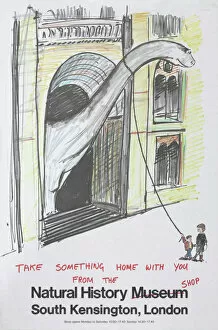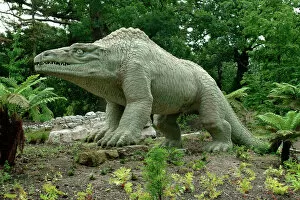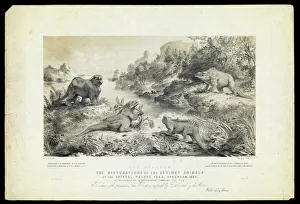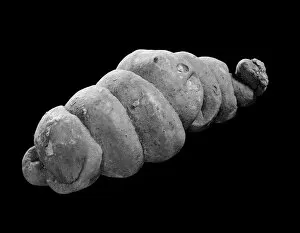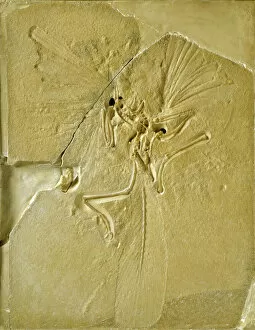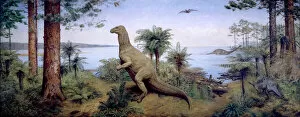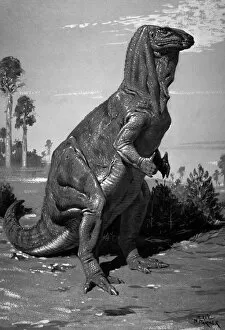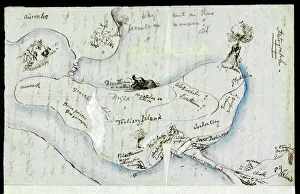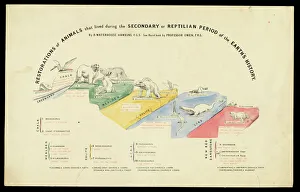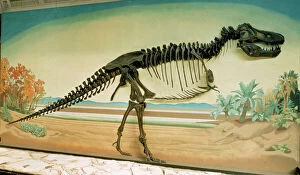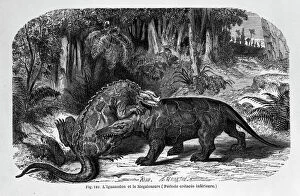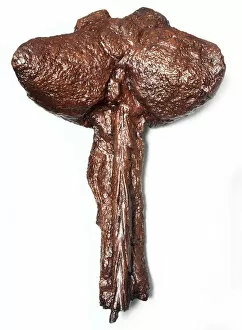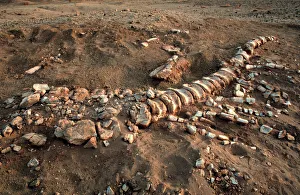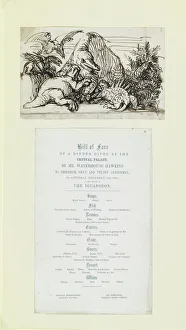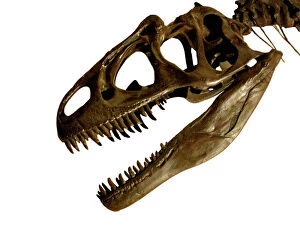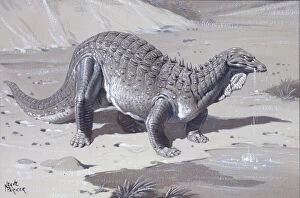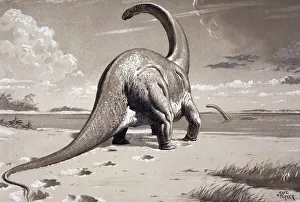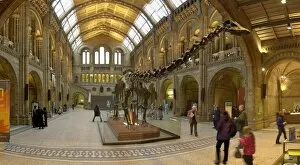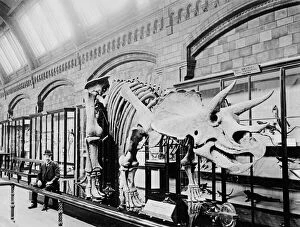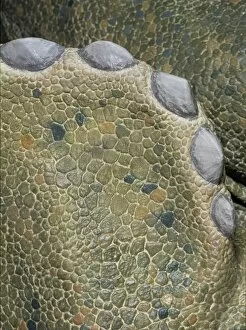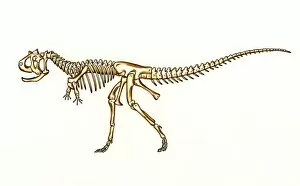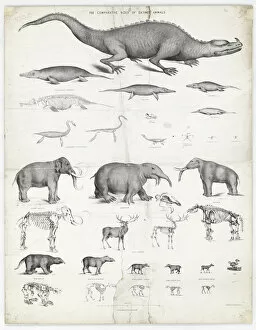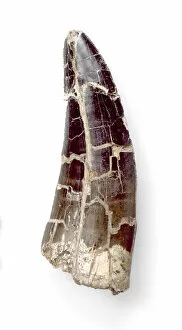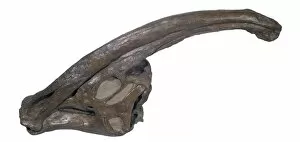Dinosauromorpha Collection
"Dinosauromorpha: Unleashing the Prehistoric Wonders at Crystal Palace Park" Step into a world lost in time and marvel at the magnificent Triceratops
All Professionally Made to Order for Quick Shipping
"Dinosauromorpha: Unleashing the Prehistoric Wonders at Crystal Palace Park" Step into a world lost in time and marvel at the magnificent Triceratops, one of the many captivating creatures awaiting you at Crystal Palace Park. Take something home with you from the Natural History Shop to remember this extraordinary experience. Immerse yourself in history as you explore the awe-inspiring Crystal Palace Dinosaur Models, including Iguanodon and Hylaeosaurus. Witness scenes from Wealden Times come alive before your eyes, transporting you back to an era when these giants roamed freely. Discover Archaeopteryx, a bird-like dinosaur that bridges the gap between ancient reptiles and modern avian species. The Wealden region's restorations provide invaluable insights into their existence, offering a glimpse into our planet's rich past. Don't miss out on encountering Diplodocus, Polacanthus, Corythosaurus - each unique in its own right. And for those intrigued by peculiar finds, learn about Coprolite - fossil dung that reveals fascinating details about prehistoric diets. Marvel at the renowned Archaeopteryx lithographica [London specimen], an iconic representation of evolutionary transitions. Its delicate features are preserved for all to admire and study. The wonders await within Crystal Palace Park – where imagination meets reality through remarkable fossils and lifelike models. Embark on an unforgettable journey through time as you uncover secrets hidden beneath layers of earth and witness nature's incredible transformations firsthand.

